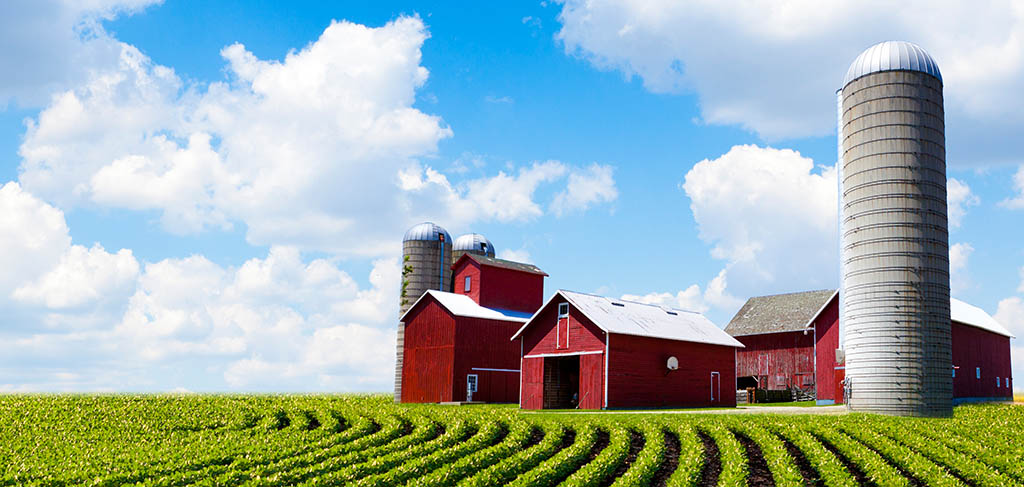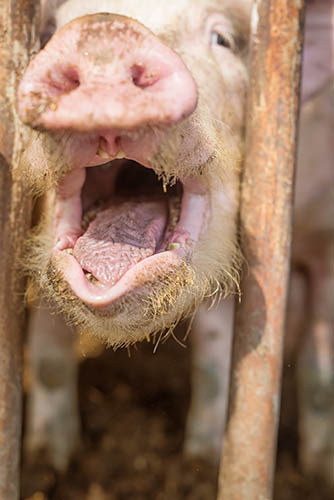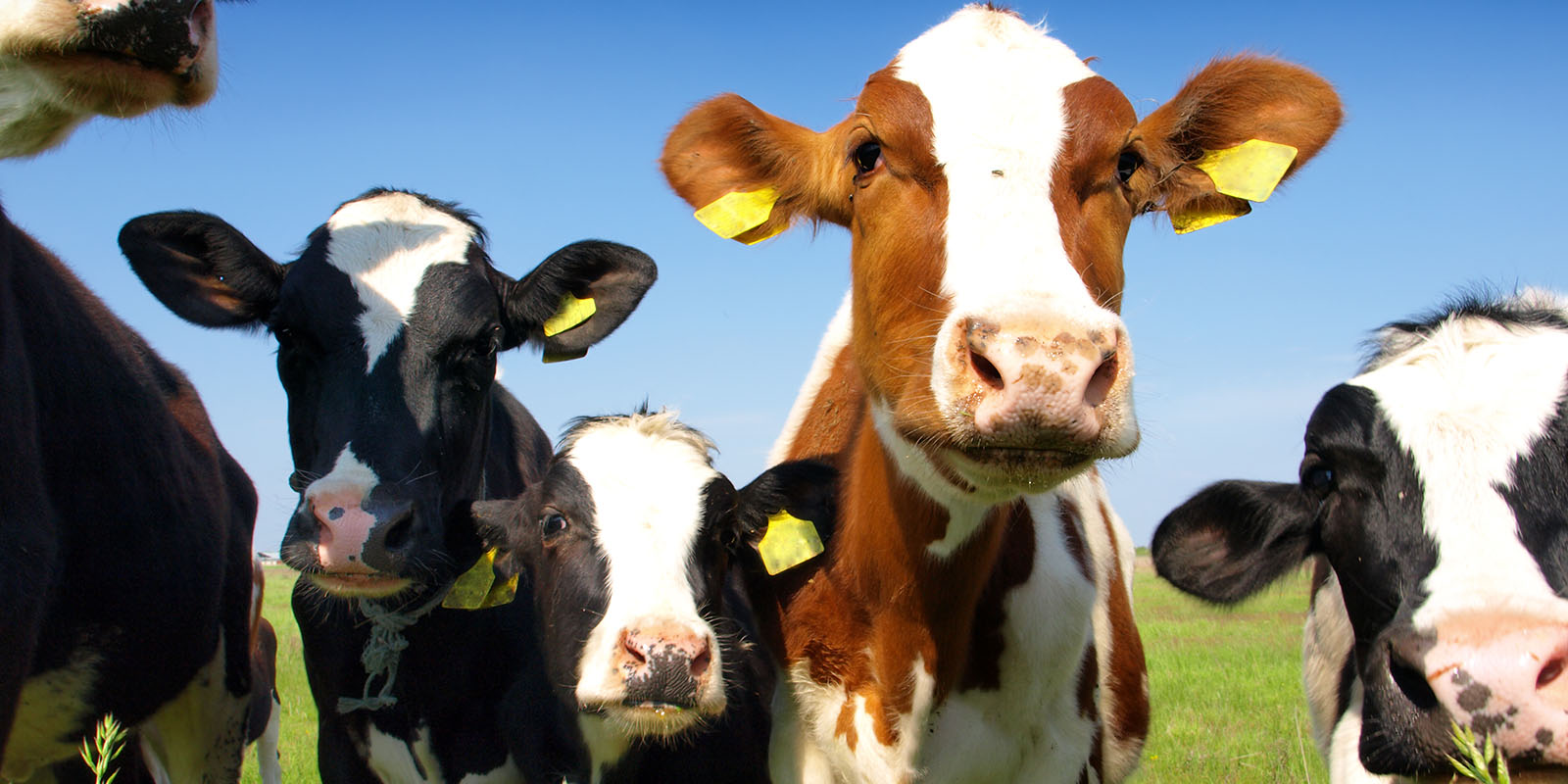When it comes to diet, health, and the conscious consumption of food, few subjects are as controversial as the consumption of meat. While many millions of people feel completely comfortable abstaining from all meat and animal products, other people feel that eating carefully-sourced animal flesh is an important part of their culture and dietary regime.
If you do decide that eating meat is the right choice for you and your family, it is absolutely essential that you understand the entire farm-to-fork process that results in the meat on your dinner table.
Ethics
Probably the most important consideration for most people is the ethical implication of how their meat is sourced. Regardless of any other factor, it is indisputable that raising animals in unnatural, confined, and hostile environments adds an unnecessary layer of cruelty to the entire process. Even if scientists could not prove that stressed animals produce hormones that get passed on to the human consumer, provoking chronic inflammatory responses and other illnesses, it is self-evident that an unhappy animal will not produce healthy, quality meat.
While few of us will ever be able to acquire all of our meat from the hunting of wild animals, it is possible to buy meat sourced from animals raised with care and compassion in a humane environment. Commercial feedlots and other industrial farming operations are the complete opposite of a natural environment for animals, and the resulting meats and other animal products reflect that in their taste, reduced vitamin and protein content, and increased levels of parasitic bacteria, stress hormones, and other inflammatory substances.

Genetics
Much of the meat on sale today at our local supermarket comes from animals that our grandparents would not even recognize. Chicken, and other forms of poultry in particular, are now being genetically bred and engineered in laboratories, resulting in animals that bear little to no resemblance to their wild, natural ancestors. Many of the animals raised and bred for meat today are crippled by genetic problems to the point that they would be completely unable to survive on their own in a natural environment.
Diet
Many people are deeply horrified to learn that a lot of animals being farmed today are being fed unnatural diets that bear absolutely no relation to their biological dietary requirements. Cows and other ruminants are herbivores, meaning that they are designed to eat only plants and only plants, but commercial farmers have been given permission by governmental regulatory agencies to feed them animal waste and even the meat of other animals. Unable to choose their own feed, today’s farmed animals are unwillingly consuming completely unnatural foods, resulting in a host of strange and disturbing illnesses such as Creutzfeld-Jacob Disease, more commonly known as “mad cow disease”.
Pollution
 Animals naturally produce waste as part of their life cycle. When animals are raised in a healthy and sustainable way, their waste is recycled as fertilizer, helping to grow the next generation of grasses and other plants that form the basis of their diet. Unfortunately, in the United States and many other developed countries, animals are now being farmed in gigantic industrial feedlots, known by the acronym CAFO (Concentrated Animal Feeding Operations).
Animals naturally produce waste as part of their life cycle. When animals are raised in a healthy and sustainable way, their waste is recycled as fertilizer, helping to grow the next generation of grasses and other plants that form the basis of their diet. Unfortunately, in the United States and many other developed countries, animals are now being farmed in gigantic industrial feedlots, known by the acronym CAFO (Concentrated Animal Feeding Operations).
The Environmental Protection Agency has estimated that spillage and large-scale environmental pollution caused by CAFO has already caused hundreds of millions of dollars’ worth of damage to the environment. The liquid overflow from CAFO lagoons is an extremely toxic substance, leading to the mass killing of fish and other wildlife in the area, to say nothing of the permanent poisoning of lakes, rivers, and underground water reservoirs. Although the use of CAFO farming techniques has led to a temporary financial profit in the short run, the long-term cost to the environment is incalculable, and will be something that our children, and children’s children, will be paying for in the decades to come.
Flavor
If you have been eating meat produced in commercial farming operations your entire life, and have never tasted natural, healthy meat produced by animals consuming a proper diet, you don’t know what you’re missing. Once you’ve tasted free-range meat produced from animals that were eating a proper diet, and raised in a natural, healthy way, you will instantly sense the difference, as every bite will be more flavorful, savory, and delicious. Because the industrial farming process completely deadens the flavor, all major fast-food and restaurant chains have to rely on artificial flavoring and food additives in order to make their flavorless industrial meat simulate the natural deliciousness of healthy, free-range meat produced from animals that consumed a proper, natural diet.
Conclusion
While it is certainly tempting to buy the most affordable cuts of meat at your local supermarket, ultimately there is no such thing as cheap meat. The meager immediate cost savings of commercial CAFO farm operations will ultimately blow back on all of us in the form of a polluted environment, stressed out animals passing on sicknesses and diseases to their human consumers, and the incalculable ethical price of adding unnecessary cruelty to the raising and production of meat for human consumption.

